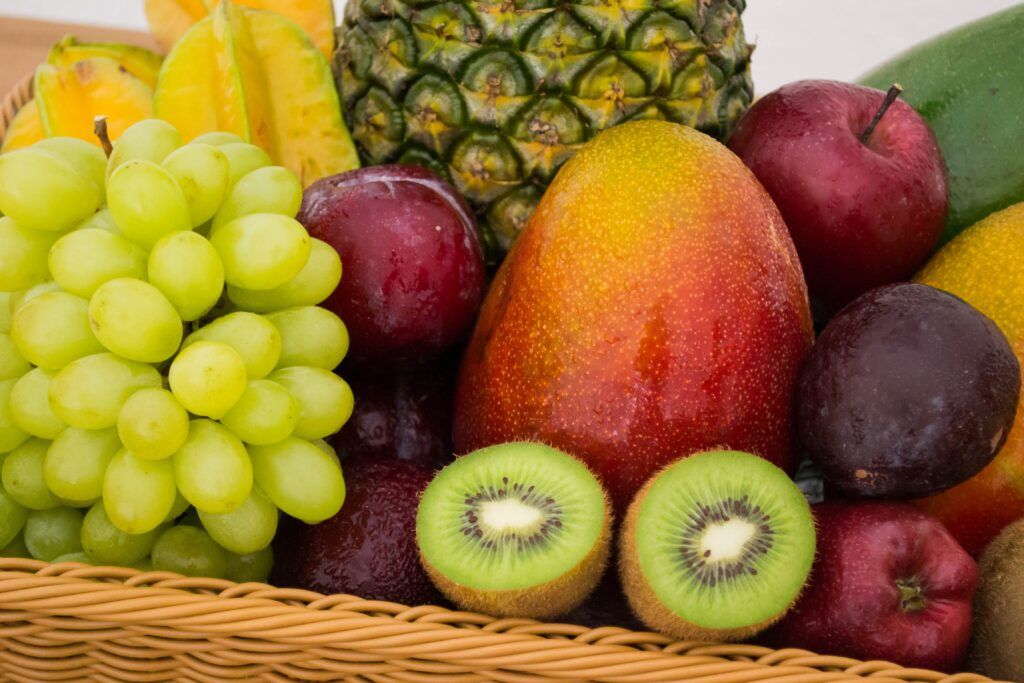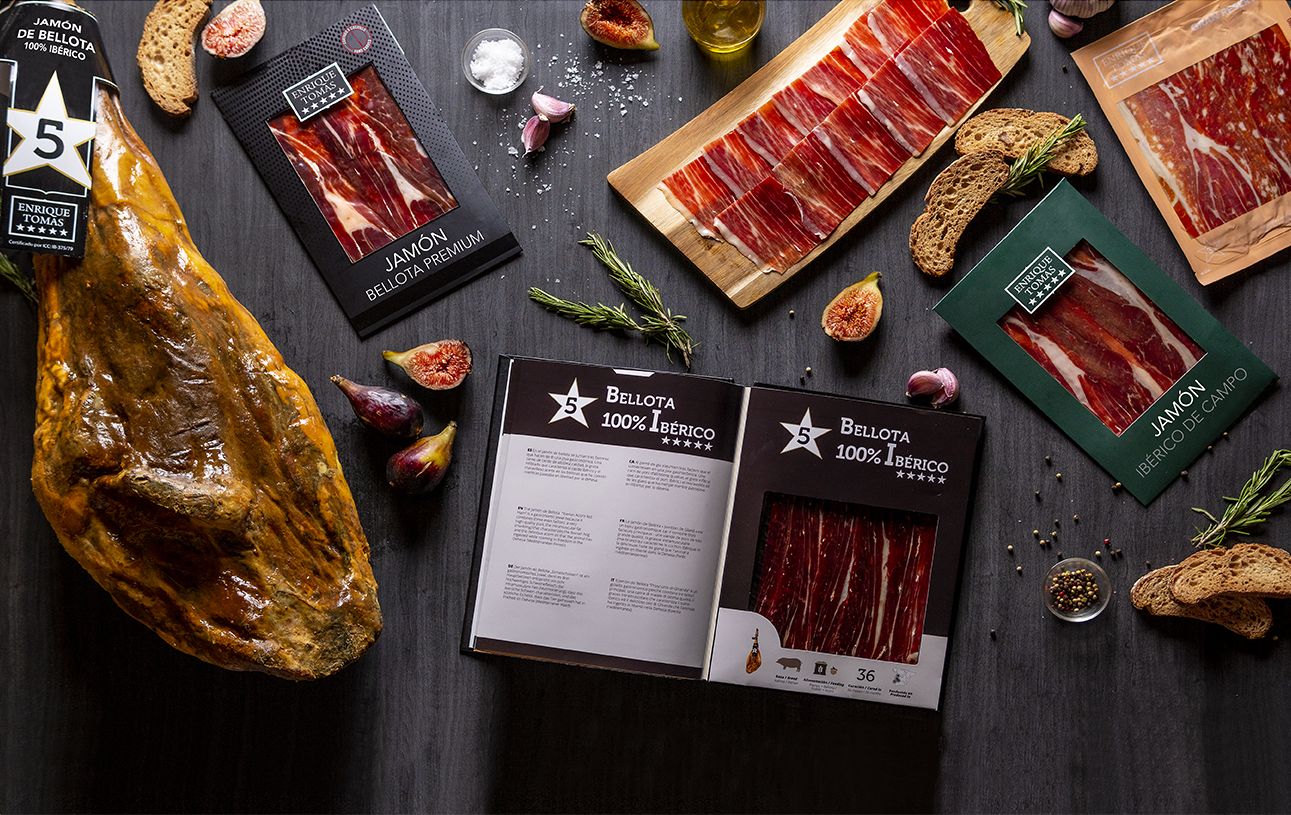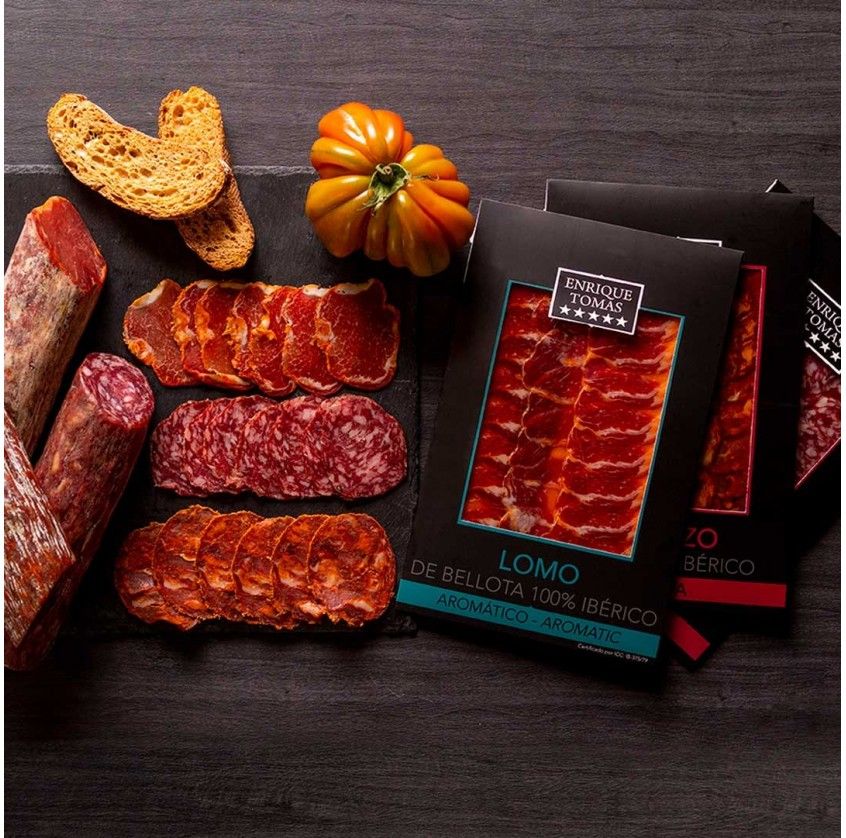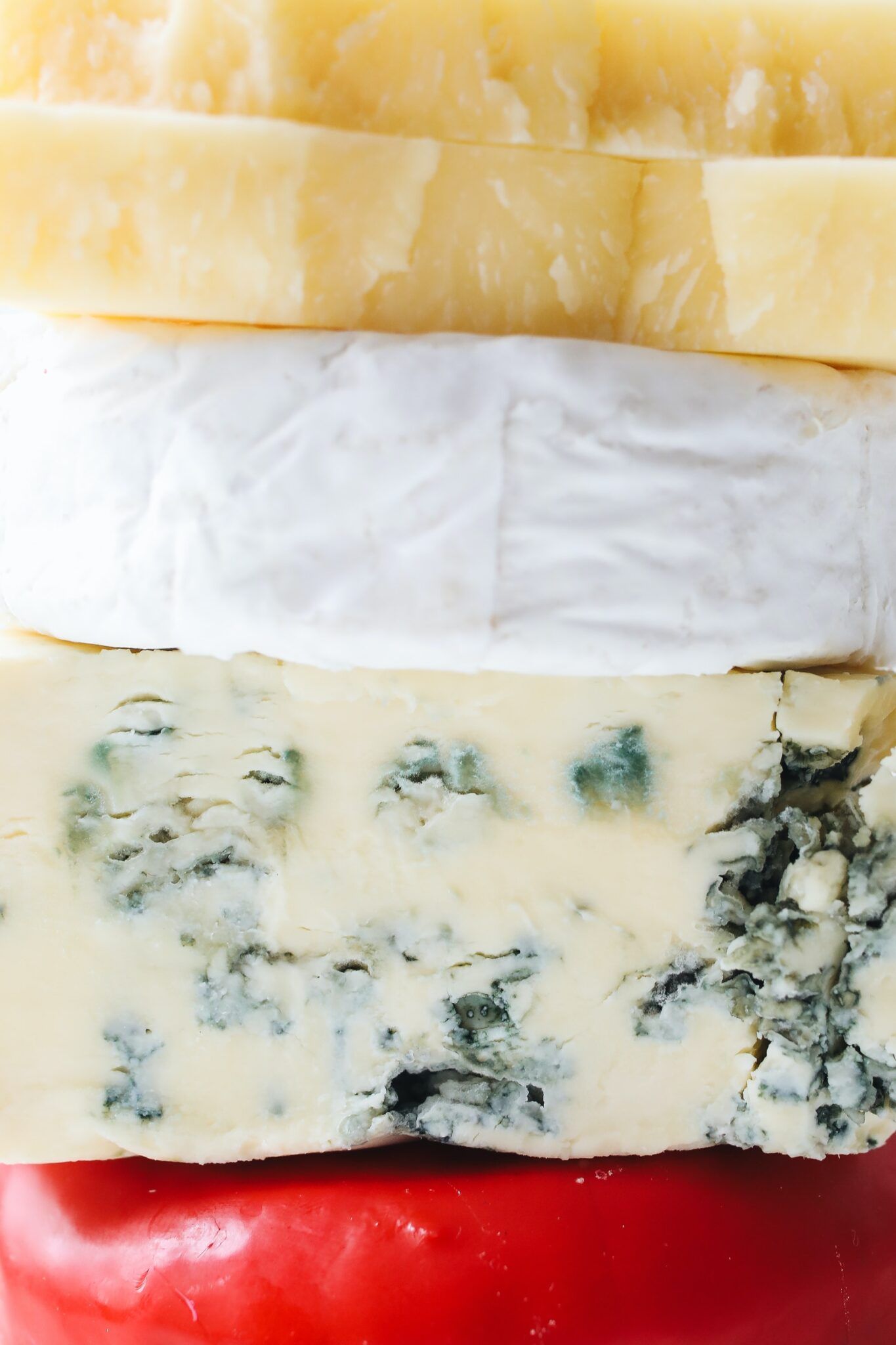
Tips for not throwing food away
We've all ended up throwing away leftover food from a meal or dinner, or let a product's expiration date pass, or just realized that something has been sitting in the back of our fridge or pantry for a while.
Especially during these times, when we have abundant holiday meals or dinners, food waste is a common occurrence.
In this post, we're going to give you some tips on how to avoid food waste and make the most of it.
What to Do to Avoid Food Waste?
It's true that when we go shopping, especially without a shopping list, we tend to buy on impulse or more than we need. This eventually leads to throwing away things that we didn't actually need.
We're going to show you how to remedy habits that harm our planet and our economy. With some simple measures, we can avoid accumulating food and, consequently, unnecessary waste. Let's see these tips.
Keep the Fridge Clean and Everything Visible
At home, we're very concerned about cleaning rooms, bathrooms, floors, stovetops, but generally spend less time cleaning our fridge (in the literal sense, of course!) and, above all, organizing the shelves.
It's ideal to place the foods that should be consumed soon at the front, within view. This is one of the keys to ensure nothing is left at the back about to expire, which would then have to be thrown away.
If we don't see it, we won't know it's there, and days will pass before we realize it's gone bad or about to expire. How to solve this? Easy, store everything in glass or completely transparent containers.
This way, you'll be able to see everything without opening them and you'll avoid forgetting about them until they spoil faster, because you'll have to remove the lid each time you want to see what's inside, exposing the food to constant temperature changes.

Visible Fridge Contents
Storing Vegetables and Preserving Fruits
If vegetables take up a lot of space, the easiest thing is to chop them, wash them, drain them well (you can use a manual salad spinner if you have one), and store them in a well-sealed freezer bag, without air (no need to vacuum seal) and properly sealed. You can portion them or store them as a whole, according to your weekly needs. This is something you'll only do once a week.
For fruits, you can freeze the smaller ones, peeled and separated into segments. For example, plums, apricots, peaches; you can cover them with syrup with a few drops of lemon. For larger fruits, it's better to buy them in halves, especially if there aren't many people at home or you won't consume them within 2/3 days. Also, if you have a lot, you can make homemade jam. A good toast tastes much better with homemade jam.
With avocado, for example, you need to be careful. It probably won't last long in the fridge because it's delicious, but since it oxidizes quickly and is usually filling, you might not eat it all at once. Put the rest in a container with an open onion; its sulfur will prevent it from oxidizing.

Batch Cooking
Batch cooking involves cooking multiple recipes at once for different days of the week, preparing intermediate preparations to combine and create different but nutritionally complete dishes. This technique maximizes resources and saves money on your weekly shopping. It's one of the most useful tips to avoid food waste.
Food utilization is one of the most important advantages of this type of cooking. Some tricks can be buying whole pieces of both vegetables and animal products to get more out of them.
Learn more here:
- What is Batch Cooking and What Are Its Benefits?

Batch Cooking
Preserving Sliced Ham and Cold Cuts
There are many advantages to buying sliced foods, especially cured ones like ham and cold cuts. Sliced ham, like packs of cold cuts, are easy to preserve if vacuum-sealed and unopened. They can last for three to four months.
Once you've opened a pack of sliced ham, it's recommended to consume it as soon as possible. If you can't finish it all at once, you can wrap the leftovers in plastic wrap. However, don't wait too long to consume it, as it will lose its texture, flavor, and dry out. It's best when consumed at its optimum state within two or three days.

Sliced Ham

Sliced Cold Cuts
Mold-Free Cheese
Before placing it in the fridge, wrap the cheese in plastic wrap. If you notice any parts getting too dry, don't throw it away; it's still good in other ways. You can melt it in a pot over low heat, add a splash of white wine, a spice like nutmeg, and stir slowly. It'll become a mini fondue or a pasta sauce or add flavor to your salad.

Preserving Sauces
If we place homemade or store-bought sauces in a glass jar, we extend their shelf life and durability. For example, with tomato sauce. If you store it in a glass jar and cover the surface with a drizzle of olive oil, its shelf life will increase, and its properties won't deteriorate.
Before throwing anything away, ask yourself if you can't recycle it; there's probably a way. Let your imagination run wild, and if not, you can always search online for ideas. Remember! The key is to organize the fridge well, consider proper food preservation, and practice batch cooking.
If you follow these tips to avoid food waste, it will be really simple, and you'll make the most of your food.





